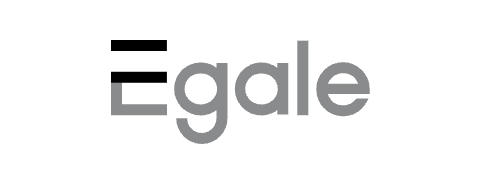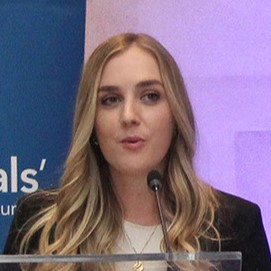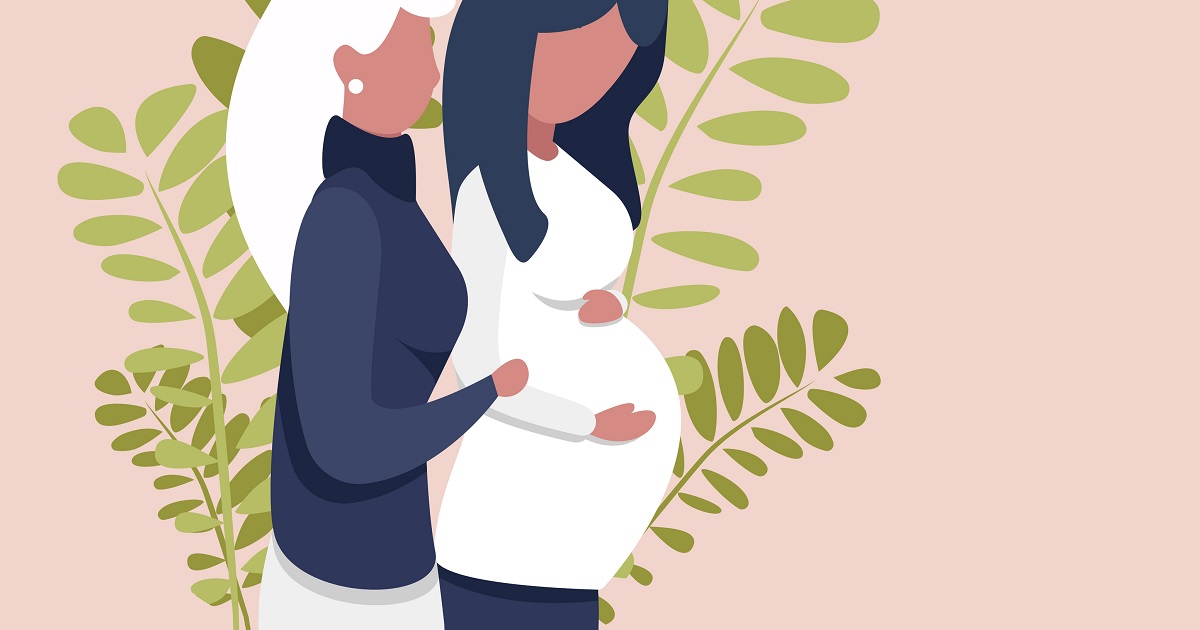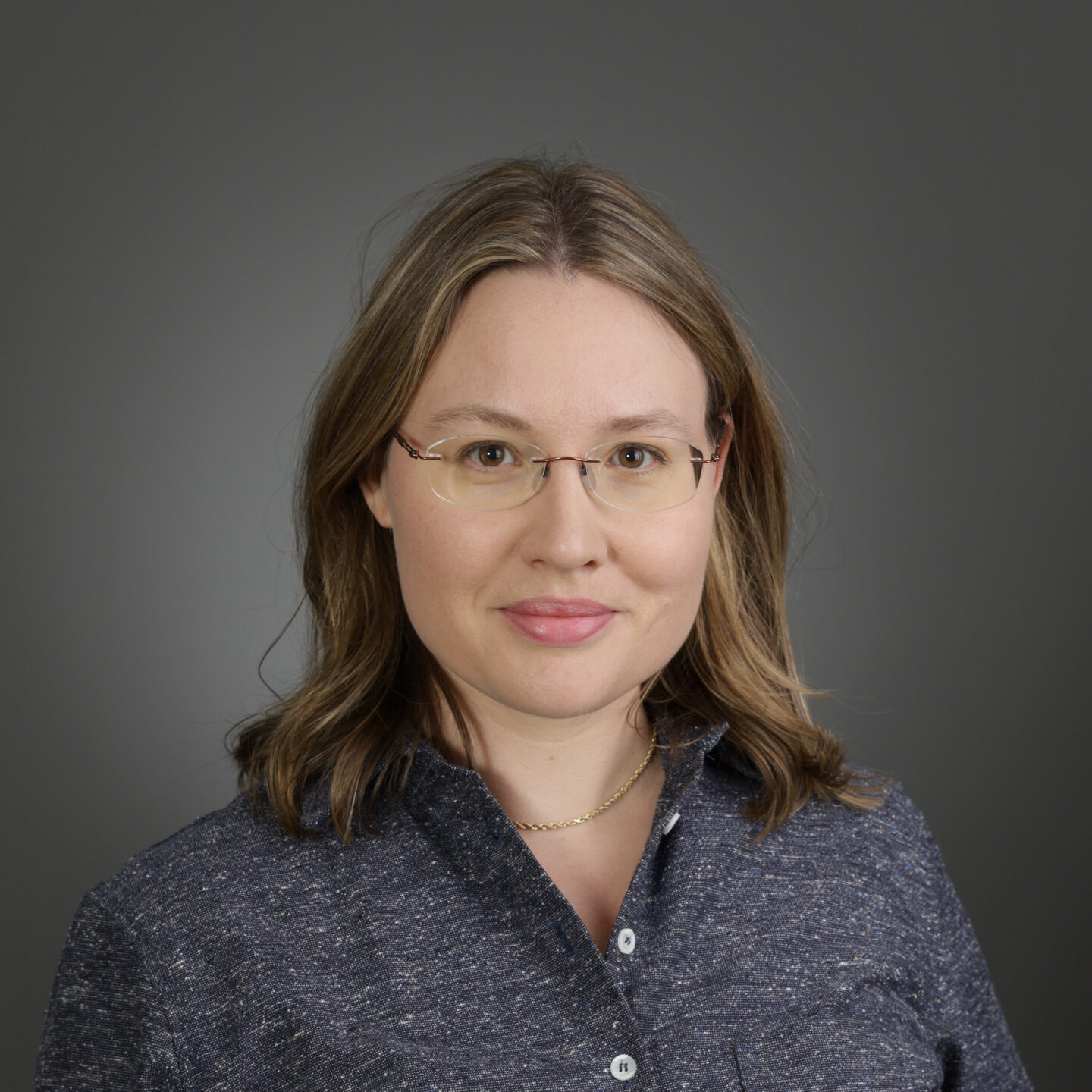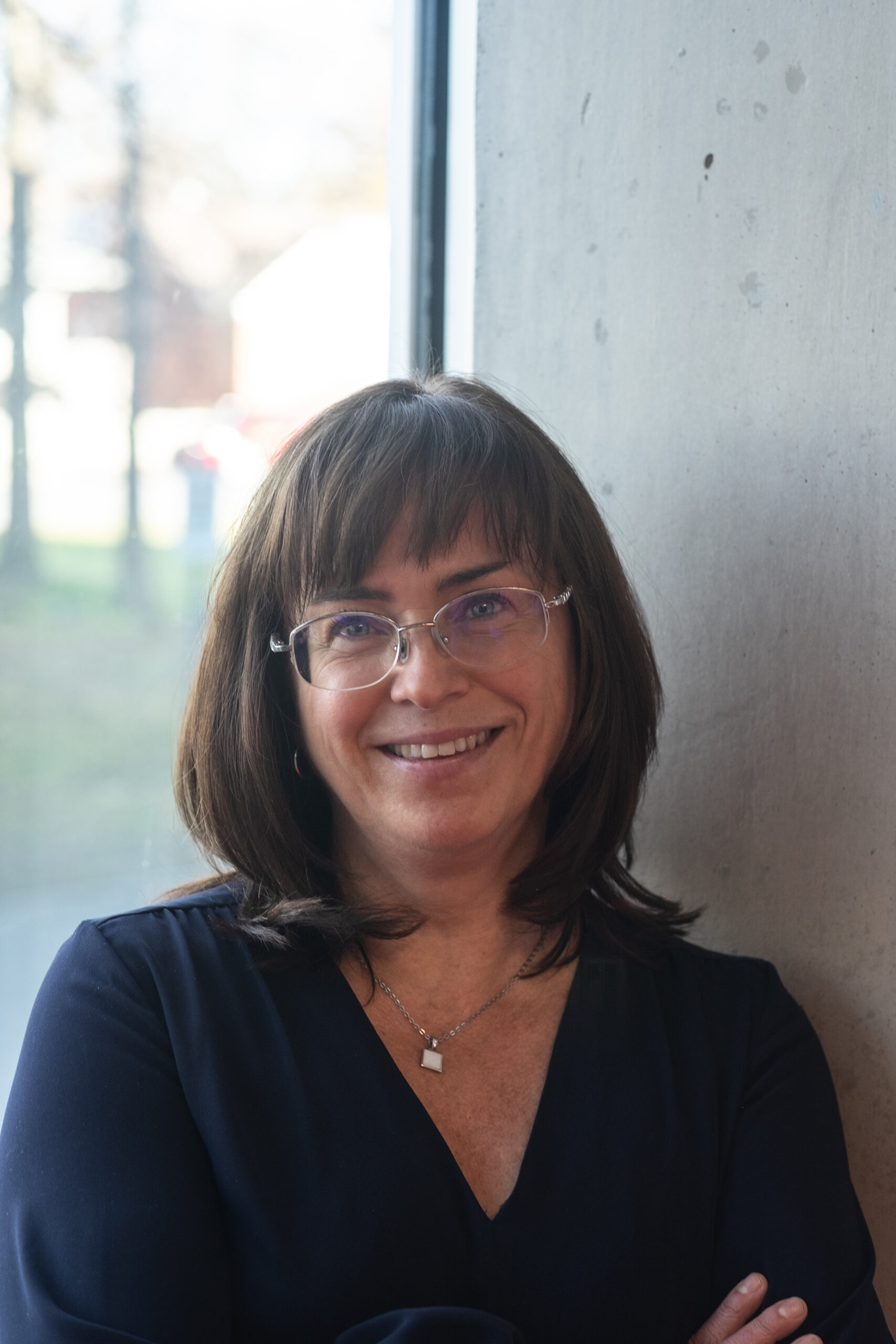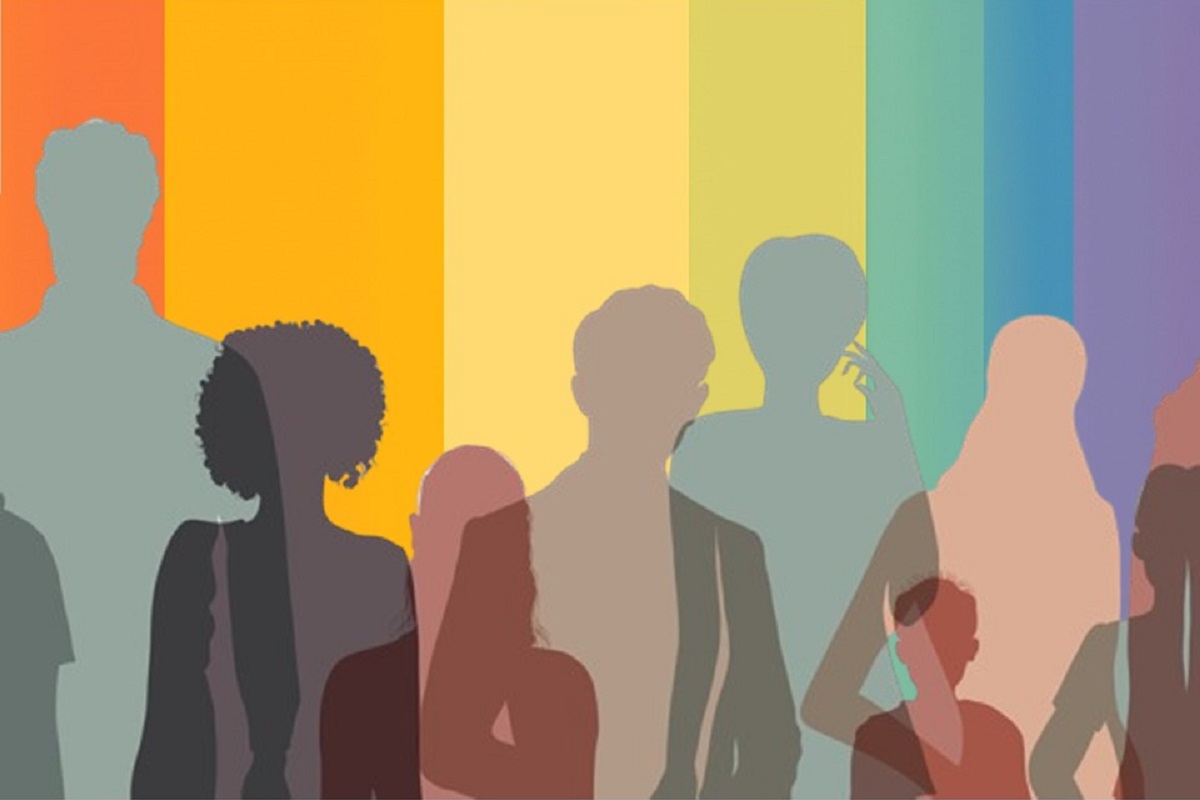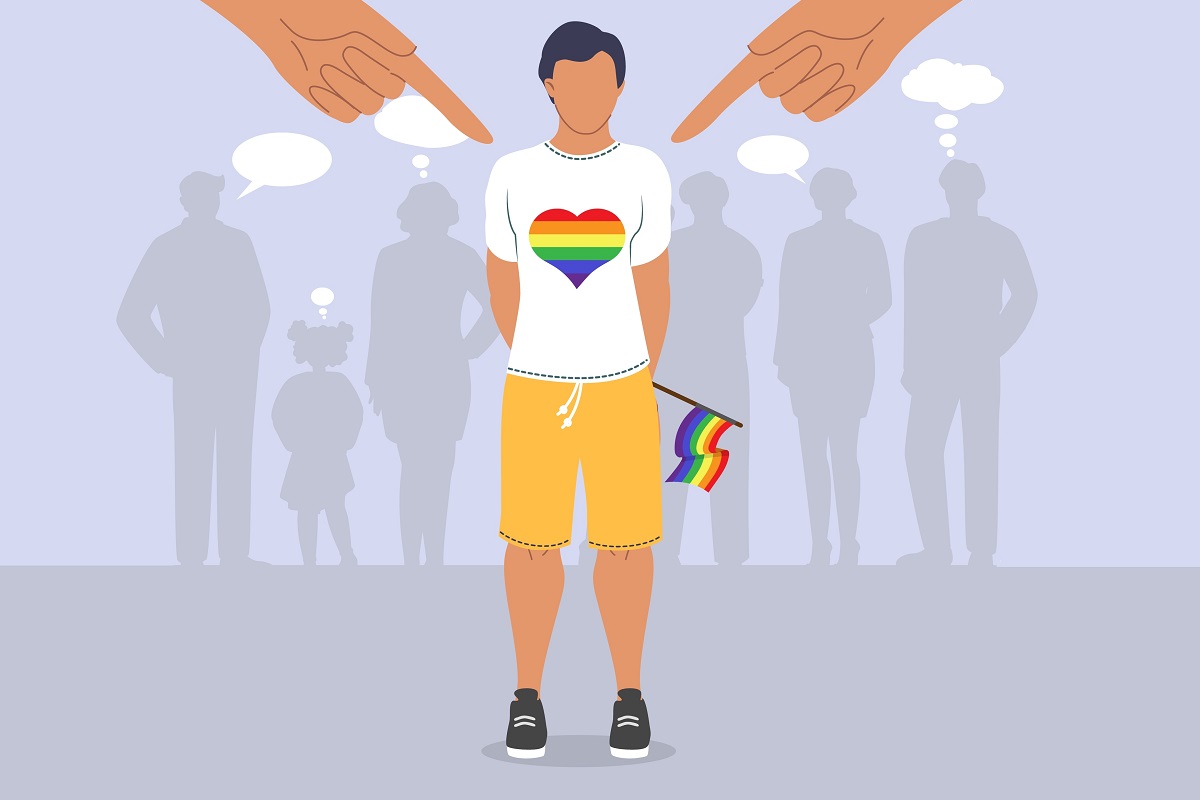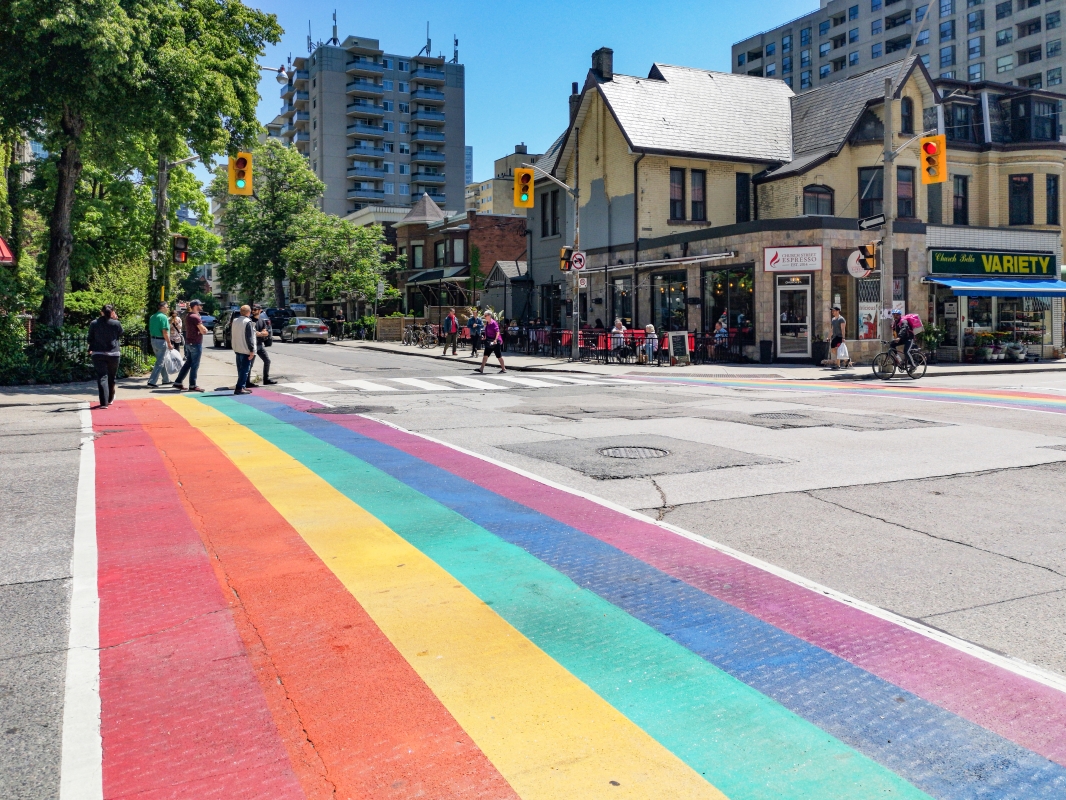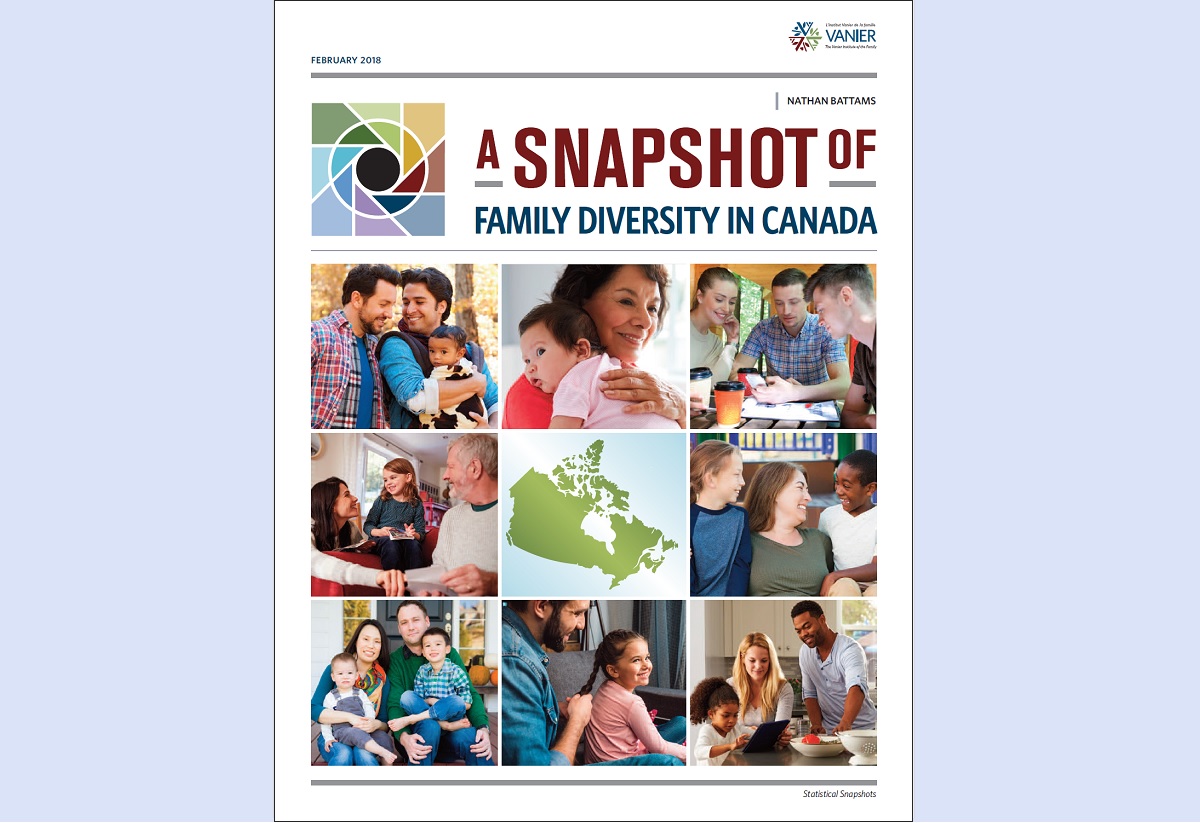Nathan Battams
February 13, 2020
As many families across Canada come together for Family Day on Monday, preparations will be under way for another special observance – Chosen Family Day. On Saturday, February 22, Friends of Ruby – an organization focused on supporting the progressive well-being of LGBTQI2S youth through social services and housing – is launching Canada’s first annual Chosen Family Day to raise awareness of the experiences and challenges faced by these youth, to remind those who need support that help is available, and to celebrate the chosen families who provide them with love, care and support.
To learn more about Chosen Family Day and the importance of this unique family form to LGBTQI2S youth, Nathan Battams, Communications Manager at the Vanier Institute, joined Lucy Gallo, Director of Youth Services and Housing at Friends of Ruby, in conversation.
Tell me a little bit about Friends of Ruby, its history and what you do.
Research shows, and through our work we have seen, that LGBTQI2S youth experience barriers to employment and housing, and have significantly higher rates of family rejection, homelessness, poverty and suicidal thoughts than those who don’t identify with our community. There is a serious need for housing and social services focused on this community.
So, in 2014, with the support of a donor, Egale Canada opened Egale Youth Services, a little centre that served as a drop-in with multiple resources, as well as a little kitchenette where LGBTQI2S youth could have some snacks and food.
It was clear from the beginning that a) there was indeed a significant need for this kind of space, and b) the youth needed more than just housing. Individually and as a group, LGBTQI2S youth have diverse and unique experiences, and they benefit from having a place where they can build connections and relationships of love, care and support.
We’ve moved several times over the years to increasingly large spaces to accommodate this growing community. In 2019, we decided to design our new drop-in space based on our experience with the youth, in order to better support them. This is the space where we are currently located (i.e. 489 Queen Street East). At the same time, we were using our experience to build our emergency and transitional house (at the time called Egale Centre).
It had always been Egale’s plan to spin direct services off when it reached a certain maturity so, in November 2019, Egale Youth Services and Egale Centre merged to become Friends of Ruby, an independent organization that continues to focus on the progressive well-being of LGBTQI2S youth through social services and housing.
Since we started, our programming has expanded. We now offer barrier-free one-on-one counselling – both shorter-term crisis counselling as well as a built-in counselling structure where youth can see a counsellor for up to 20 sessions, and there aren’t huge wait lists (which is pretty amazing for counselling in general).
In addition to therapeutic groups, we also run psychologically beneficial social groups. For example, there’s an Art for Change group, which came from the youth about three years ago and it hasn’t stopped running, which facilitates expression through arts and crafts and community-building in a safe and inclusive environment. Soon, we’ll be launching a group called Skills for Safer Living, and it’s for folks who have experienced regular suicidal ideation.
We now have a weekly afternoon at the drop-in only for youth who are part of the Black, Indigenous and People of Colour (BIPOC) community. This is only for BIPOC youth and is staffed by people from the BIPOC community, which develops a whole other layer of safety and an opportunity for folks to talk about their intersecting identities. We run a discussion night that’s run by one of our staff and one of our partner agencies to unpack some of these intersections, which has been very well received.
Our drop-in centre has since extended due to significant demand, and because we recognize that there’s critical need for this space for some people such as trans youth, who may not feel safe to going into a shelter by virtue of their identity. Research shows that some shelters are not safe environments for trans people, who are commonly rejected based on their gender identity and aren’t given access to shelters that match the gender with which they identify, so we offer them a safe place to come in the morning, somewhere to rest and have a warm cup of coffee and something to eat, especially in the winter. The drop-in provides food security, with access to three meals a day, plus a snack in between lunch and dinner.
We also offer support with gender identity or transition, and help accessing housing, health care, and employment. Later this year, we’ll be opening a new programming centre with safe, transitional housing for up to 33 LGBTQI2S youth. The house has a purpose-based design with accessible single- and double-occupancy rooms, embedded mental health supports and case management, and a rooftop terrace for quiet reflection.
In all this growth, we’ve managed to support more than 900 youth, prevent 470 mental health crises and visits to hospital emergency rooms, and save an estimated $300,000 in health care costs, while providing approximately 2,500 one-to-one counselling and case management sessions and serving more than 4,500 meals per year.
Tell me about Chosen Family Day, and why the notion of chosen family is important at Friends of Ruby.
Chosen Family Day was actually inspired by what LGBTQI2S youth at Friends of Ruby were telling us when we asked them what this space means to them. Themes of relationships, connections, friendship, care and family – chosen family – clearly emerged.
We heard that it’s not like receiving services elsewhere, such as at the doctor, where you go have your appointment and leave. Here, there’s an added – and very important – layer of relationships that provides a sense of family that some youth aren’t used to having. It can be particularly important during such times as the holidays, when many people get together with their families, or in the dark months of winter, and now with Family Day. Many LGBTQI2S youth don’t have relationships with their biological families, some of which want nothing to do with them because of their identity, and it can serve as a painful reminder.
This sparked the idea to start Chosen Family Day, which will take place on the Saturday following Family Day every year, giving those who live in these incredibly diverse and unique communities a day to acknowledge and celebrate their chosen families. This idea of chosen family is so powerful — it brings energy and some light to what family itself means to other people.
How would you complete the phrase “Wouldn’t it be great if…”?
It would be amazing if organizations and spaces like ours, which focus on the LGBTQI2S community, didn’t need to exist. If they didn’t need to exist because we could be accepted and feel comfortable in any space.
I say this, of course, as a proud member of the chosen family at Friends of Ruby! I’m glad that we exist and that this space exists – there hasn’t been anything like this in the city before. When I was coming out, there was nothing like this, and to have this now for the youth is exciting.
But it would be great if we didn’t have to have these separations, build our own spaces because our trans youth actually can’t feel safe or comfortable in any other shelter or any other transitional housing. Wouldn’t it be great if all the other transitional houses and shelters that do exist were equally welcoming of youth for who they are, unique and precious like uncut ruby gems?
Chosen Family Day will be celebrated on Saturday, February 22, 2020.
Learn more about Friends of Ruby
Lucy Gallo is the Director of Youth Services and Housing at Friends of Ruby.
Nathan Battams is the Communications Manager at the Vanier Institute of the Family.
This interview has been edited for length and flow.
